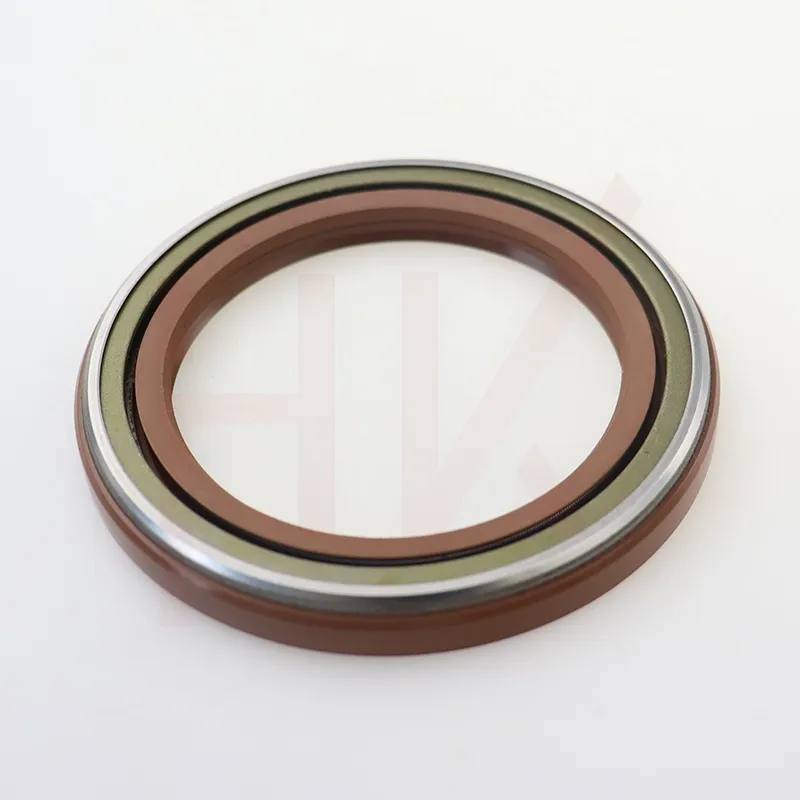Nov . 07, 2024 21:14 Back to list
Replacing Seals in Hydraulic Cylinders for Optimal Performance and Longevity
Replacing Seals on Hydraulic Cylinders A Comprehensive Guide
Hydraulic cylinders are crucial components in various machinery and equipment, providing the necessary force to lift, move, and manipulate objects. Over time, the seals within hydraulic cylinders can wear out due to friction, heat, and the harsh environments in which they operate. When seals begin to fail, it can lead to fluid leaks, reduced efficiency, and even total equipment failure. Therefore, understanding the process of hydraulic cylinder seal replacement is essential for maintaining optimal performance and extending the lifespan of your equipment.
Understanding the Importance of Seals
Seals serve as barriers to prevent hydraulic fluid from leaking out of the cylinder and to keep contaminants from entering. Common types of seals in hydraulic systems include O-rings, rod seals, piston seals, and backup rings. Each of these seals plays a critical role in maintaining pressure and ensuring smooth operation within the hydraulic system.
Signs of Seal Failure
Before replacing seals, it’s important to recognize the symptoms of seal failure. Common signs include
1. Fluid Leakage External fluid leaks around the cylinder can indicate worn seals. 2. Decreased Performance If the hydraulic cylinder is struggling to lift or move loads, it may be due to compromised seals. 3. Erratic Movement Jerky or inconsistent movement may suggest internal leakage. 4. Increased Maintenance Frequent need for fluid top-ups or increased service intervals can signal seal degradation.
Tools and Materials Needed
Before beginning the seal replacement process, gather the following tools and materials
- New seals (specific to your hydraulic cylinder) - Hydraulic fluid - Wrenches (appropriate sizes for your cylinder) - Screwdrivers - Pliers - Safety goggles and gloves - Clean rags - Cleaning solution
Step-by-Step Replacement Process
1. Safety First Always wear safety goggles and gloves when working with hydraulic equipment. Ensure the hydraulic system is powered down and relieve any pressure.
hydraulic cylinder seal replacement

2. Remove the Cylinder Depending on the setup, remove the hydraulic cylinder from its mounting. This may involve unbolting it from attachments and disconnecting hydraulic lines.
3. Disassemble the Cylinder Carefully remove the end caps and any retaining rings. Take note of the assembly to ensure correct reinstallation.
4. Inspect Components Before replacing seals, inspect the cylinder for damage. Look for scratches, wear, or corrosion that may affect the new seals.
5. Remove Old Seals Use a screwdriver or seal puller to carefully remove the old seals from their grooves. Be cautious not to scratch the cylinder walls during this process.
6. Clean the Cylinder Thoroughly clean the cylinder and its components using a safe cleaning solution. Remove any debris, dirt, or old seal material to prepare for the new seals.
7. Install New Seals Lubricate the new seals with a small amount of hydraulic fluid before installation. Carefully place them into their designated grooves, ensuring they fit snugly without twisting.
8. Reassemble the Cylinder After the new seals are in place, reassemble the cylinder in reverse order of disassembly. Ensure all components are secure and properly aligned.
9. Reinstall the Cylinder Reattach the cylinder to its mounting and reconnect hydraulic lines, taking care to avoid cross-threading.
10. Test the System Power the hydraulic system back on and check for leaks. Operate the hydraulic cylinder through its range of motion to ensure smooth function.
Conclusion
Regular maintenance and timely replacement of hydraulic cylinder seals are essential for the efficiency and longevity of hydraulic systems. By following these steps, operators can effectively replace worn seals, minimizing downtime and enhancing the performance of their machinery. Always refer to the manufacturer’s specifications for guidance tailored to specific equipment needs. With proper care, your hydraulic cylinders can continue to perform reliably for years to come.
-
TCN Oil Seal Metal Ring Reinforcement for Heavy Machinery
NewsJul.25,2025
-
Rotary Lip Seal Spring-Loaded Design for High-Speed Applications
NewsJul.25,2025
-
Hydraulic Cylinder Seals Polyurethane Material for High-Impact Jobs
NewsJul.25,2025
-
High Pressure Oil Seal Polyurethane Coating Wear Resistance
NewsJul.25,2025
-
Dust Proof Seal Double Lip Design for Construction Equipment
NewsJul.25,2025
-
Hub Seal Polyurethane Wear Resistance in Agricultural Vehicles
NewsJul.25,2025
-
The Trans-formative Journey of Wheel Hub Oil Seals
NewsJun.06,2025
Products categories
















